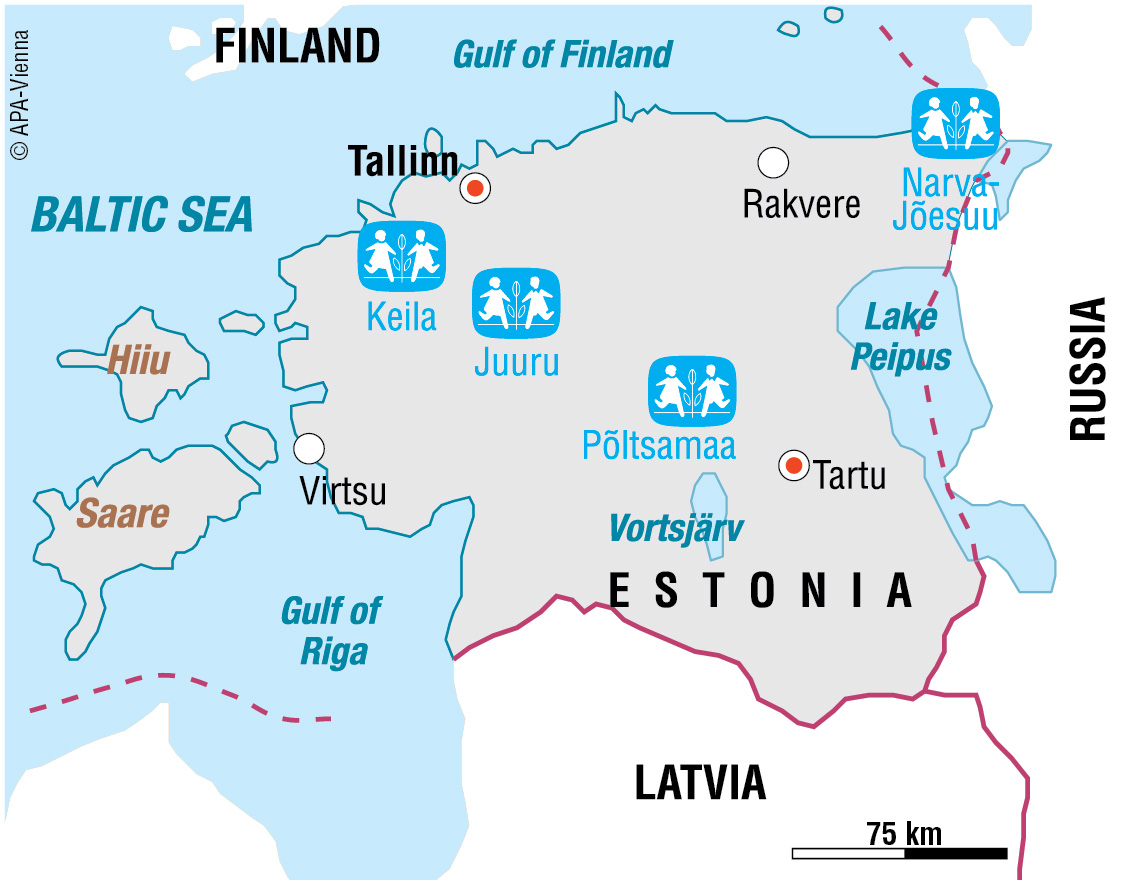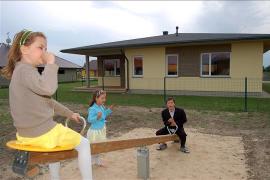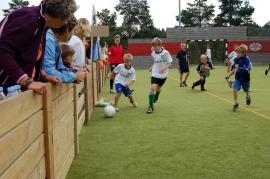
Vi er i Estonia
Many important changes in the last decades
The majority of the population is Estonian, but Russians account for a third. The large Russian minority is a result of Estonia's past, when it was part of the Soviet Union. Estonia regained independence in 1991, joined the European Union in 2004 and adopted the euro as currency in January 2011.
Social challenges despite rapid economic growth
In the past two decades, Estonia has experienced some important changes in its political, economic, and social structure. Although the economic growth in Estonia has been rapid, and led to it being described as a “Baltic Tiger”, there are still problems. The unemployment rate has risen recently and stands at 17 per cent (2011 est). Poverty is a concern with nearly a fifth of the population living under the poverty line (2008 est.). In addition, there are vast regional disparities regarding wealth, employment and access to the health care system.
Most people are employed in the service industries, especially tourism, which accounts for 15 per cent of Estonia's gross domestic product. About a third of the population is employed in industry and less than three per cent in agriculture.
Due to its geographic location, Estonia has close links to Finland and Sweden – these countries have invested heavily in Estonia and are Estonia's main export target.
Estonia has some challenging health issues to address. It has one of the lowest life expectancy rates in Europe. The health care system is not sufficiently funded and access varies depending on location and economic status. Most worryingly, Estonia has one of the highest rates of HIV in the European Union with around 9,900 recorded cases. The yearly number of new infections has fallen in the last decade, but the figure remains high for such a small country. In the past, HIV was found mostly among injecting drug users but new cases are now emerging among other groups.
Children without parental care are in need of loving homes
Around nine per cent of Estonian children live below the absolute poverty line. Between 2000 and 2007, governmental financial help to families reduced the number of children living in poverty by almost one third. Unfortunately, this positive trend has slowed down in recent years.
There are significant differences between the quality and extent of community-based support services for families in need. In most areas, however, families with problems, such as alcoholism or poverty, are not provided with help and resources to overcome these difficulties and allow them to continue caring for their children at home. Instead, the children are removed from the family and placed in institutions.
State-run institutions are under-funded and this has a negative impact on the quality of care provided to the children. For example, staff who work at these institutions often lack the appropriate qualifications and skills needed to work with the children in their care. The situation of disabled children and those with special needs is particularly precarious.
SOS Children's Villages in Estonia
Since 1992, SOS Children's Villages has continued to respond to the needs of children, young people and families in Estonia.
Strengthening families: We provide support to families who are at risk of breaking down due to domestic violence, economic difficulties or illness. We work directly with families and communities so that they can protect and look after their children.
Care in families: Children whose parents cannot take care of them will find a loving home in one of the SOS Children's Villages. The children grow up with their brothers and sisters in SOS families.
Support for young adults: The high unemployment rate makes it difficult for young people to become independent. The SOS Youth Programmes help young people gain further training and supports them while they look for work.
Caring for unaccompanied refugee children: We provide care, accommodation and legal support for unaccompanied refugee children and young people.
Website of SOS Children's Villages Estonia
(available in Estonian)

